You have to love a flower that's a master of disguise. Dahlias are tricky that way — if you want a flashy bloomer that can look just like a cactus blossom, a waterlily, a peony or an orchid, then dahlias are your thing. With their incredible array of colors, forms and sizes, there is a dahlia for nearly any garden. But don't say I didn't warn you: Dahlias are almost embarrassingly flamboyant, so don't even bother trying to sneak them in. Give them a stage to play on and let them create their drama — they're divas, after all.

The New York Botanical Garden
Botanical name: Dahlia spp
Common name: Dahlia
USDA zones: 8 to 10 (find your zone)
Water requirement: Average; consistently moist soil but not soggy
Light requirement: Full sun to light shade
Mature size: 1 foot to 5 feet tall, depending upon variety
Benefits and tolerances: Fast growing and heat loving, with colorful blooms; attracts hummingbirds and butterflies
Seasonal interest: Blooms summer into fall
When to plant: Plant in spring, after the danger of frost has passed.
Shown: Dahlia 'All Triumph'
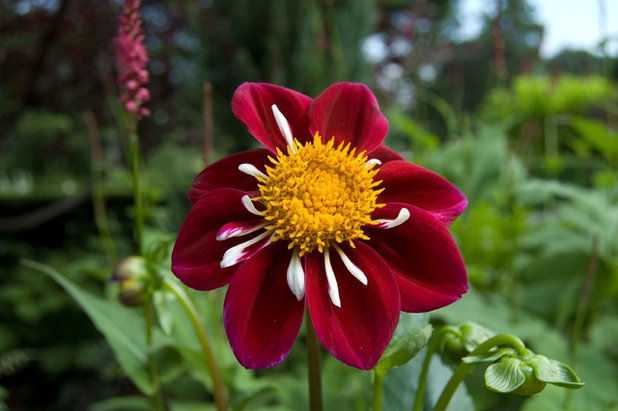
The New York Botanical Garden
Distinguishing traits. Dahlias feature one bloom per sturdy stem. These flowers can be as small as 2 inches or as large as 1 foot in diameter (called dinner plates); the larger, taller flowers need staking to avoid flopping over. They grow in a huge range of colors, petal formations, sizes and shapes, making them a very versatile addition to many gardens.
Shown: Dahlia 'Awaikoe'
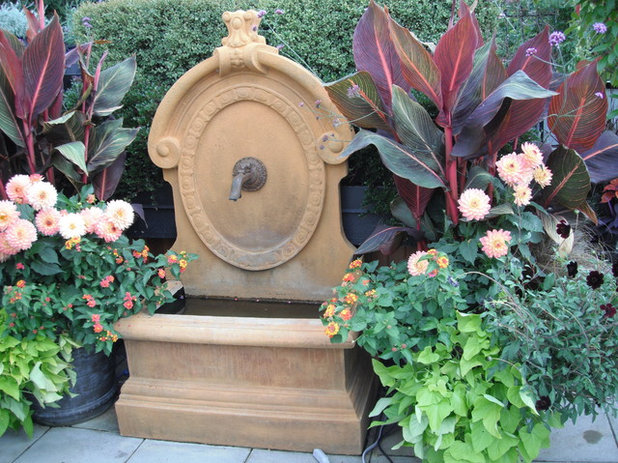
Glenna Partridge Garden Design
How to use them. Dahlias are perfect for beds, borders, container plantings and cut flower arrangements, and as ground covers. Because of the wide range of sizes and heights, be sure to know the mature height of the dahlias you wish to grow to avoid planting a 5-foot giant in the front of your perennial bed.
Dahlias do well with a low-nitrogen fertilizer (5-10-10) within 30 days of planting, and again 30 days later. Do not overfertilize — with dahlias, fertilizers produce foliage, and adequate watering leads to flowering. Gardeners who live in zones colder than zone 8 should cut the foliage back when it has withered from the first freeze, then dig up and store the tubers over the winter before replanting in the spring. Gardeners in warm climates should be able to leave the tubers in the ground for more blooms the following year, but you can also simply treat them as annuals and plant new ones every year.
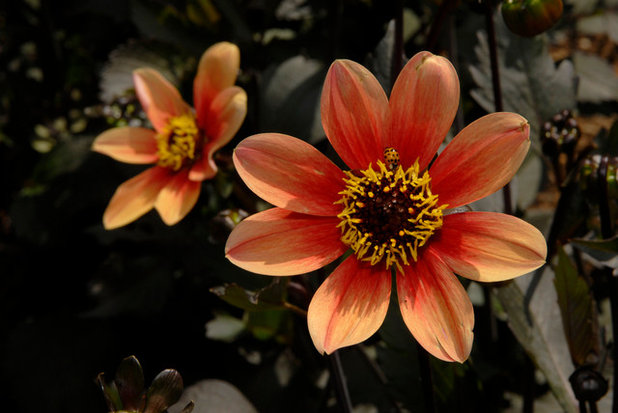
The New York Botanical Garden
What to look out for. Dahlias do tend to have their pesky problems — after all, so much gorgeousness can't come without a price. Be on the lookout for slugs and snails, especially as new plants are emerging from the soil. Use slug bait until the plants are at least a foot tall. Earwigs are another potential problem; they can be controlled by careful application of insecticidal soaps or sprays. Dahlias are susceptible to powdery mildew, which can be treated with a fungicide. To avoid powdery mildew in the first place, consider using drip irrigation at the base of the plant to keep water off the foliage.
Shown: Dahlia 'Happy Single Date'
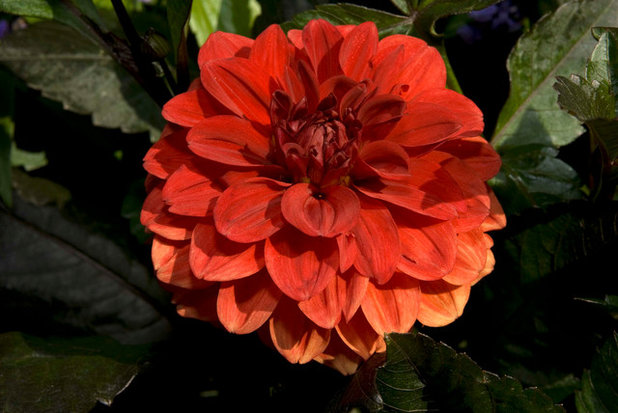
The New York Botanical Garden
Planting notes. Dahlias grow from tubers, which should be planted in the spring after the danger of frost has passed and the soil has warmed up.
- Select a site that is fairly sunny, with well-drained soil.
- Dig a hole three times as deep as the diameter of the tuber and set the tuber in the hole with the buds facing upright.
- Cover the tuber with soil and gently tamp down, watering in thoroughly if the soil is dry.
- Space the tubers 1 to 3 feet apart, depending upon the variety. Be prepared to stake the taller varieties to keep them upright as they grow.
Shown: Dahlia 'Ellen Huston'
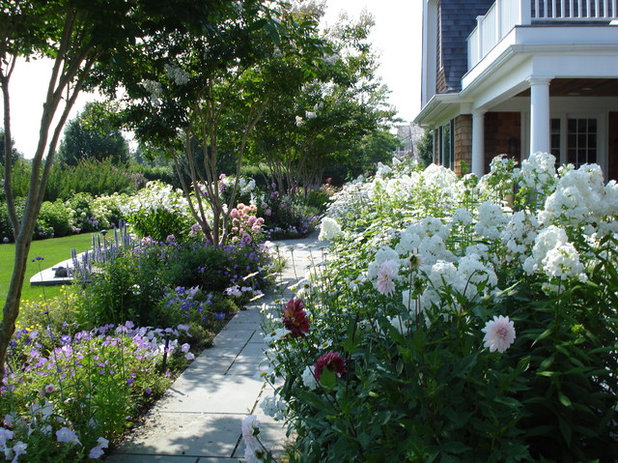
Lear & Mahoney Landscape Associates
Popular dahlia types. These types are different only in appearance, not care. Care is consistent from type to type.
Cactus and semicactus: Pointed petals, almost spiky in appearance
Waterlily: Slightly curved petals that have a waterlily appearance
Single: A single disc with a ring of petals surrounding it
Anemone: Petals that look like dense, enlongated tubes
Pompon and ball: Perfect spheres made from inwardly curling petals; the balls have a spiral arrangement to their petals
Collerette: Large petals that form an outer circle around a central disc, with a circle of much smaller petals in the center
Decorative: Broad petals with no central disc
Miscellaneous: Blooms that resemble orchids and peonies





